This Cornerstone Forum series, in which this article is the first, is published under RFI’s Freedom of Religious Institutions in Society (FORIS) Project. FORIS is a three-year initiative funded by the John Templeton Foundation to clarify the meaning and scope of institutional religious freedom, examine how it is faring globally, and explore why it is worthy of public concern. This series aims to address the third project focus — i.e., exploring why institutional religious freedom is worthy of public concern.
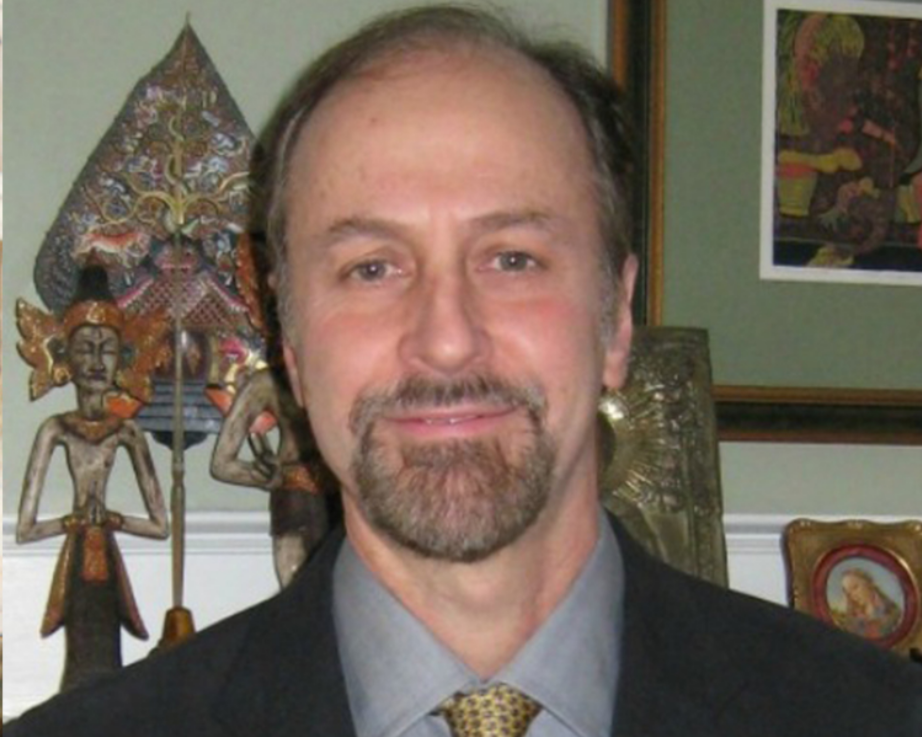
The concept of institutional religious freedom provides a welcome addition to approaches that only highlight individual religious freedom to the exclusion of religion’s full social expression. Religion is a deeply social as well as a subjective reality. Where religious groupings are not free to construct lifeworlds and institutions for their religious flourishing, the individual’s freedom is inevitably limited or denied. To use the old sociological shibboleth, institutional religious freedom is the “condition of the possibility” of individual religious freedom. And for that reason it behoves all committed to the ideals of religious freedom to promote its institutional as well as individual realization.
But it is also important to recognize that such an imperative, when expressed in policy initiatives, can become complicated. In reminding analysts to gaze beyond the individual, the concept of institutional religious freedom encourages analysts to recognize that different religious traditions construct significantly different institutions for human flourishing. This generalization seems so obvious as to be banal, but its implications for public policies dealing with institutional religious freedom are both complex and cautionary. The institutions religious communities build vary in their forms – and often vary most consequentially with regard to how they recognize and/or deny other religious traditions.
This latter issue is nowhere more complexly illustrated than in the Muslim-majority country of Indonesia. Indonesia is the fourth most populous country in the world. Some 87.2% of this nation’s 270 million residents profess Islam. A full 9.90% of citizens are Protestant or Catholic; 1.69% are Hindu; 0.72% are Buddhist; and 0.05% self-identify as Confucian. Although official statistics are lacking, there are also at least several hundred thousand practitioners of indigenous religions (known locally as agama leluhur), which until 2017 were not officially recognized by the state. There may be an even larger number of adherents of various mystical movements, commonly known as “beliefs” (kepercayaan), which until recently have also received only partial legal recognition.
Public understandings of what constitutes religion and thus qualifies for state recognition, protection, and institutional freedom have been fiercely contested since the dawn of the Indonesian republic in 1945. This conflict is evidenced by the language of Indonesia’s Constitution. Article 29 makes clear that the state “guarantees (menjamin) the freedom (kemerdekaan) of each inhabitant to profess his or her religion (agamanya) and to worship (beribadat) according to his or her religion or spiritual belief [kepercayaan].” Although the phrasing at first seems to echo the United Nations’ Universal Declaration on Human Rights, a closer look reveals the protections it provides are more qualified.
Although the term kepercayaan (translated, “spiritual beliefs” or, alternately if less literally, “spiritual traditions”) has always been subject to diverse interpretations, today it is typically reserved for those categories of ethico-religious heritage that are assumed to involve mystical disciplines of some sort. Importantly, however, kepercayaan are not seen by state officials and others as fulfilling all criteria necessary to qualify fully as a “religion.” In official policy as well, the term kepercayaan is in turn used to refer to not one, but two varieties of spiritual tradition, neither of which is deemed a full “religion.” These two traditions are those mentioned above: first, local or indigenous religions (agama leluhur), long practiced by Indonesia’s small-scale communities, and, second, new mystical social movements, like those popular in Java and a few other areas of the archipelago. The latter are often referred to as kebatinan (from the Indonesian and Arabic term, batin, “inner,” “inner self”).
From early on, most Muslim authorities and many Christian scholars were reluctant to accept the idea that all traditions involving interactions with supernatural beings or ultimate realities should be designated a “religion.” Although this reluctance has diminished in some Muslim circles with the growth of cosmopolitan religious studies in Indonesia’s impressive network of State Islamic Universities (UIN/IAIN), the persistent preference in many state and societal circles today is to reserve the category of “religion” (agama) for those traditions that meet certain specific and and quite restrictive criteria. In clarifications issued by officials in the Indonesian Ministry of Religious Affairs in the early 1950s, the criteria for recognizing a faith-based community as a “religion” (agama) included the religion’s acknowledgement of a prophet or founding seer; the transmission and study of a canonical scripture (kitab) or holy book; a standardized corpus of ritual practices and beliefs, knowledge and performance of which are deemed incumbent on all believers (thus implying some degree of standardized religious education); and a clear and consistent differentiation of local “custom” from religion, premised on the idea that the former may not contradict the latter. An additional criterion, included in later Ministry declarations, was that the tradition in question must enjoy a significant measure of international recognition rather than being simply regional or local. This last criterion was intended to disqualify the many hundreds of local or indigenous religions still practiced in Indonesia in the early independence period.
Indonesia undertook a return to electoral democracy beginning in 1998-1999 in the aftermath of thirty-two years of authoritarian rule at the hands of President Suharto’s “New Order.” Suharto’s New Order (1967-1998) had overseen a program of sustained economic and educational development, taking the country from among the world’s poorest nations in 1966 to the ranks of the World Bank’s “lower-middle income” countries by the early 1990s. However, the New Order was harshly repressive in political and religious matters, implementing policies that severely curtailed both individual and institutional religious freedom. The regime effectively banned Islamist parties advocating the establishment of an Islamic state. The regime also banned atheism, on grounds that it was linked to communism. The state also required students from elementary school to college to take religious education courses in one of the (then) five state-recognized religions. It also elevated a 1965 Presidential Decree (No. 1/PNPS 1965) on Blasphemy and Religious Defamation into the Criminal Code. The latter law made it a crime punishable by five years in prison for any individual to express a view – including a non-conforming expression of state-recognized religion – seen as serving to “disseminate hatred, misusing, or defaming a religion recognized in Indonesia.” The state also refused to extend official recognition to mystical groups and indigenous religions, thereby depriving them of significant social
recognition and legal protections. With Indonesia’s return to electoral democracy in 1998-1999, these disputes and legacies have not only carried over but intensified.
The thorny question of what counts as “religion” in Indonesia is of course not unique to this Southeast Asian nation. Many different nations and religious traditions extend different rights and obligations to different categories of religious actors, both within and beyond their respective faith communities. Similar controversies have also been widespread in most Western European liberal democracies, most of which extend full recognition and institutional freedom to only a select minority of religious communities. Late nineteenth century restrictions on polygamy among Mormons in the United States offer an example of such a clash of institutional religious freedoms within liberal democratic societies. Debates over the implementation of Islamic law for Muslims living in Western Europe and North America offer a contemporary example of a similar tension. These examples remind us that once policy makers’ vision of religious freedom extends beyond the individual to institutional realities, they may well witness, and have somehow to mediate, a clash of institutional religious freedoms.
The fact that institutional religious freedom is so deeply contingent on religious and national traditions may at first sound like a counsel of pessimism for the proponents of religious freedom. But it should not be. As is also the case in India, Western Europe, and the United States, the fact that the achievement of institutional religious freedom is dependent on social coalitions promoting different definitions of religion and different visions of institutional religious freedom in fact suggests that the fate of religious freedom is not determined by an unchanging civilizational formula, but by path-dependent political and intellectual processes. For internationalists committed to the promotion of institutional religious freedom, this simple truth suggests three steps to more effectively promote institutional religious freedom.
The first is that we must remain deeply aware of the fact that religious and national communities define the category of religion in different ways. Although at first sight this fact may create the impression of a hopeless relativism on matters of institutional freedom, in reality it provides a key policy instrument for bridging cultural barriers and drawing policy makers, civil society leaders, and the general public into a deeper dialogue on how to engage religion’s realities and promote institutional freedom.
The second step this analysis suggests is that any effort to promote institutional religious freedom in a specific national setting must begin with a careful mapping of the movements and coalitions most capable of consolidating institutional religious freedom in a socially realistic way. Merely broadcasting the ideals of institutional freedom or using them to grade a nation’s progress is not in itself enough to spur freedom’s progress; in fact, such efforts may backfire. The better tack is to identify coalitions and partners, and build on local religious and national sensibilities rather than ignore them.
The third and final step the Indonesian example recommends for progress in institutional religious freedom is the most sobering: it is that institutions so vital for religious communities’ flourishing may at some point infringe on the institutional freedoms of other religious communities. Inasmuch as this is the case, the unexpected but essential truth at the heart of the ideal of institutional religious freedom is that, rather than a one-size-fits all absolutization, its precise policy terms must be continuously recalibrated and refined in respectful dialogue with and recognition of citizens from across all religious communities.
While there should be a presumption in favor of the freedom of all religious communities to build and maintain institutions that reflect their faith convictions, the precise contours and limits of that freedom will be shaped by deeply rooted cultural conceptions of what constitutes religion, existing political and social coalitions that inform law and culture, and a sober accounting of possible settlements between conflicting expressions of institutional religious freedom.
Robert W. Hefner is a scholar with RFI’s FORIS Project. He is professor of international and global affairs in the Department of Anthropology and the Pardee School of Global Affairs at Boston University. Hefner is the author or editor of some 21 books on Islam and religious politics, and has, with Zainal Abidin Bagir, recently produced three films on religious plurality in Indonesia.
All views and opinions presented in this essay are solely those of the author and publication on Cornerstone does not represent an endorsement or agreement from the Religious Freedom Institute or its leadership.
THE RFI BLOG
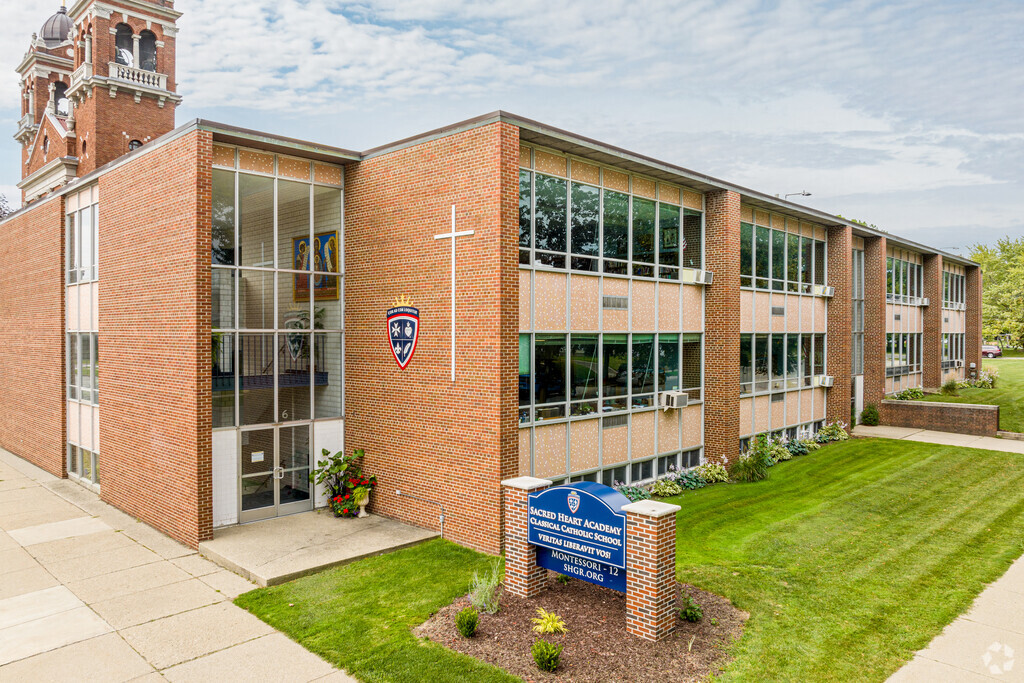
Be More Faithful, Become More Resilient: An Invitation to Religious Institutions

How Soccer Reveals Different Meanings Of ‘Secular’ In France And The US
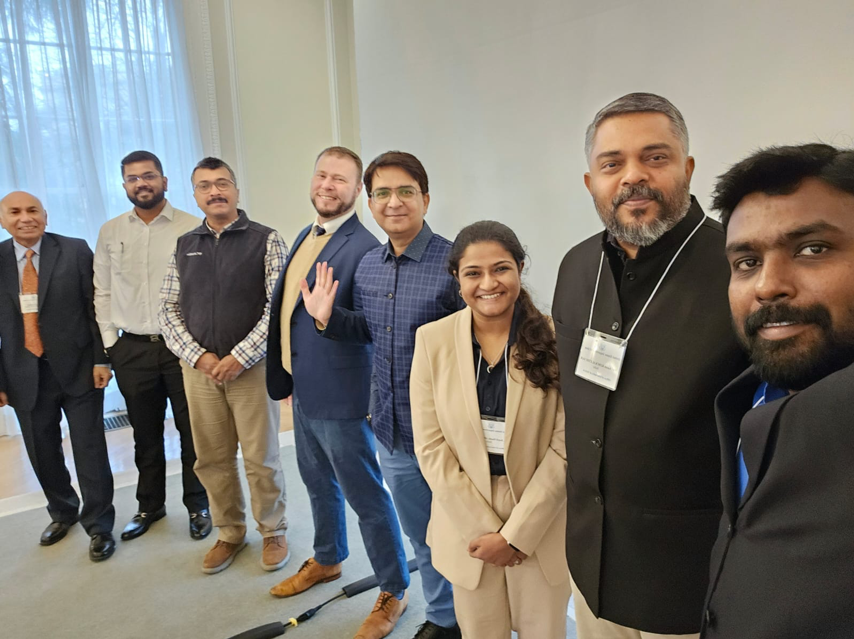
RFI’s Ismail Royer Meets with Delegation from India
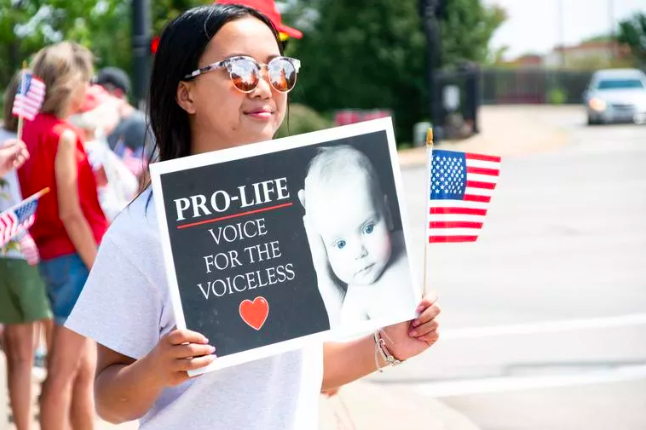
Protecting the Unborn, Mothers, and Medical Ethics: The Stakes of Arkansas’ Amendment
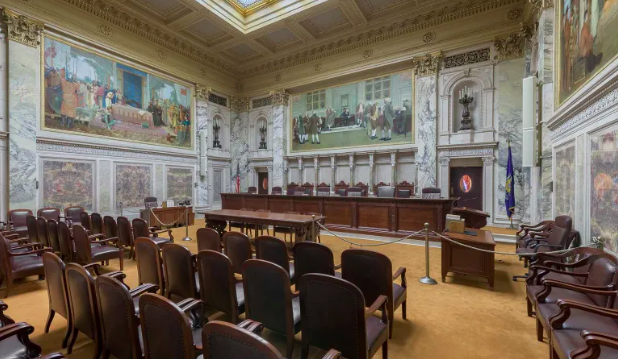
Wisconsin Supreme Court Punishes Catholic Charities for Serving Everyone
CORNERSTONE FORUM

Public Bioethics & the Failure of Expressive Individualism

Religious Liberty in American Higher Education

Scotland’s Kate Forbes and the March of Secularism

70 Years of Religious Freedom in Sweden: Prospects and Challenges

